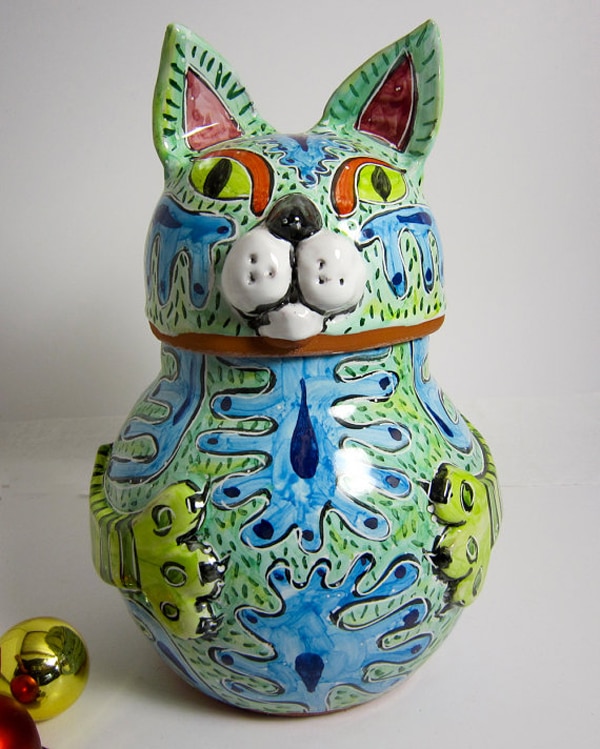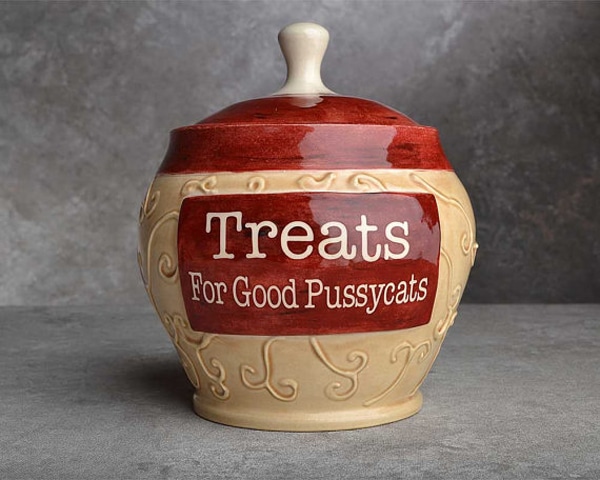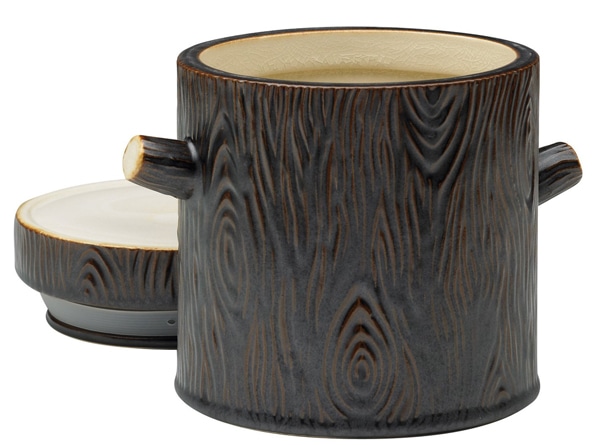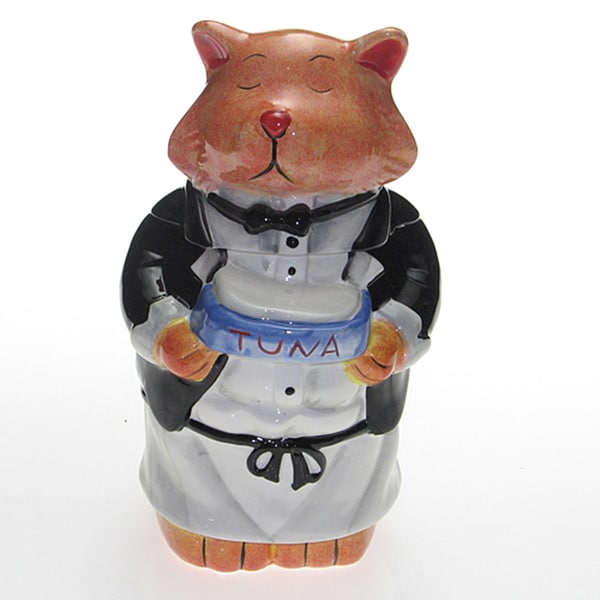diy wall mounted cat stairs,diy cat gate for stairs,diy spiral cat stairs,diy cat stairs,diy cat stairs for bed,diy cat stairs on wall,
We all have to face the sad reality that one day our kitty will get old. Cats have much shorter life spans than humans, and many of us find this difficult to cope with emotionally because they are, in a way, always going to be our little babies.
My boys Lugosi and his twin bro Spider will be 15 years old in July. Lugosi’s last geriatric checkup at the vet revealed that he has arthrosis in his upper spine, and for that reason he just can’t jump as high as he could. However, Spider is slightly smaller than his chunky big brother, has always been very light on his feet, and is a good jumper. He still has no problem getting up on any surfaces he could previously reach. But Lugosi has in the last few months fallen so many times whilst trying to reach the sink area where the cats’ water bowl is situated — they wouldn’t drink their water anywhere else, so for many years this has been its permanent place. They seem to just love the bowl being next to the sink, where they also get the chance to drink from the tap when mummy is near.
To aid Lugosi with his failing health, I first put down a simple box for him to ease himself up to the sink area. However, I thought “Wouldn’t it be nicer to have a proper set of Senior Kitty Steps for my old boy?” So I built him just that.

These cat stairs were very simple and cheap to make, and if you are anything like me, you will have enough bits of leftover wood and other things (such as pieces of carpet) lying around that you’ll save some money and a trip to the DIY store.
If you have a kitty who is having the same struggles as Lugosi, use the instructions below as a guide to build a custom set of cat steps to make their life easier.
Cat steps
Cost of materials: Approx. 15 euros (US$20)
Time to finish: 1-2 hours
Tools and Materials
MDF Board approx. 100 x 50 cm, 1.5cm thickness for the two sides. (Here’s a metric conversion calculator, for those of you without metric measuring devices.)
MDF Board approx. 50 x 50 cm, 1 cm thickness for the steps.
Saw: Hand saw if you have lots of strength and energy. Otherwise use a jigsaw or circular saw. The latter is the best type of saw for this, but I only have a jigsaw, so I used that.
Hammer
Nails
Sandpaper
Leftover bits of carpet: I used a cheap floor mat from IKEA that I had lying around.
Cutter
Wood or general-purpose glue
Pencil, ruler, and tape measure
Roll of self-adhesive vinyl covering
Protective felt pads
The work
Saw/cut two step shapes (see photos and diagram), one for each side, out of the 1.5 cm thick MDF board. You will see my own measurements in the diagram below as a guide, but it depends on what height you would like the steps to be, and also, whether you might want to have three (or more) steps instead of two. After cutting, sand down all the edges until smooth, so that there are no splinters sticking out.

Next up are the steps or stairs themselves. From the 1 cm thick MDF board, cut four square-ish pieces 21 cm wide. This width is a perfect size for cats, but you could, of course, make them wider if it fits in better with the look of your living space (or you have a particularly hefty cat). The length measurements I used for each of these four pieces are as follows:
Top step: 22 cm
Front of top step: 20.25 cm
Bottom step: 21 cm
Front of bottom step: 20.25 cm (Please note that in the picture below I improvised and used a smaller piece for the front bottom because I didn’t have enough wood.)
Use the hammer and nails to connect all the steps with the two sides, by the end of which you should have your basic framework nice and finished.

Now slice your carpet or mat to size using the cutter in order to cover the steps with something non-slip and scratch resistant for your kitty to jump up on. Use the glue to stick the pieces of carpet onto the wood (see photo).

If, unlike myself, you have enough carpeting to play with, you could also use this to cover the sides of the steps, but I had to make do with a roll of self-adhesive vinyl covering that I had left over from a previous DIY project. Alternately, you could paint the sides in your favorite color and/or adorn them with stenciled shapes. Use your imagination!

Finally, if you have tiled or wooden floors, to avoid noise and scratches, apply a protective felt pad at each corner underneath.
And that’s it! As with so many things such as beds or toys, whether your cat will use it depends on the cat, of course. For encouragement, a sprinkling of catnip might help. I, for one, am glad to report that Lugosi uses his Senior Kitty Steps all the time now to get up to his water bowl, and it makes me immensely happy that I have created something around the house that eases his pain and saves him the very un-catlike indignity of ending up “splat” on the floor so many times.

Have you created a similar DIY project for your kitties? Leave your comments and photos below.
Learn more about your cat with Catster:
- Weird Cat Facts: 8 Reasons Your Cat Likes to Lick You
- 10 Sounds That Cats Make — and What They Mean
- 8 Things to Try When Your Cat Won’t Eat
About the Author: Barbarella Buchner — Ailurophile. Geeky Goth Girl. Ex-Musician Singer/Songwriter. Photographer. Web Designer. Fibromyalgia + RA Sufferer. And totally mad! She originally hails from Hannover (Germany), then moved to London, and since 2004 has lived on the tropical island of Lanzarote, together with her tabby twins Lugosi & Spider, and ginger queen Ruby Akasha. Apart from being an avid hobby — and sometimes even paid! — photographer, she works as a freelance web and graphic designer and occasional Catster contributor. She designed and maintains her local cat charity 9 Lives Lanzarote‘s website.






































